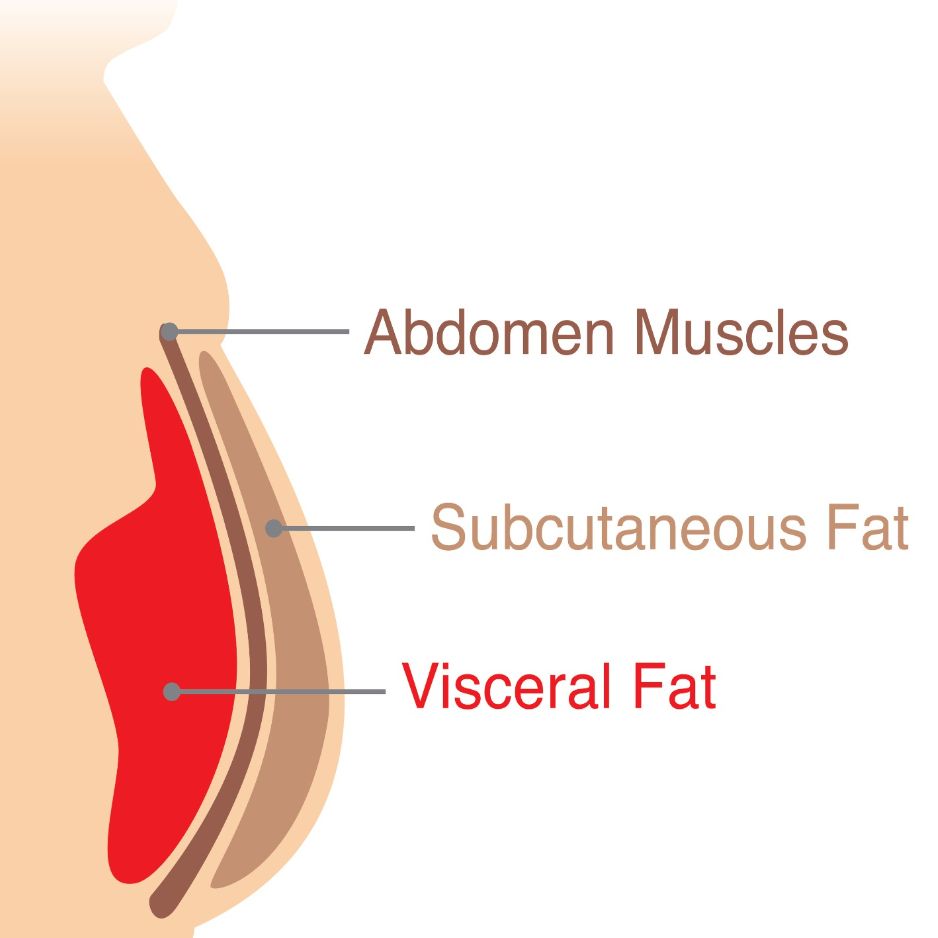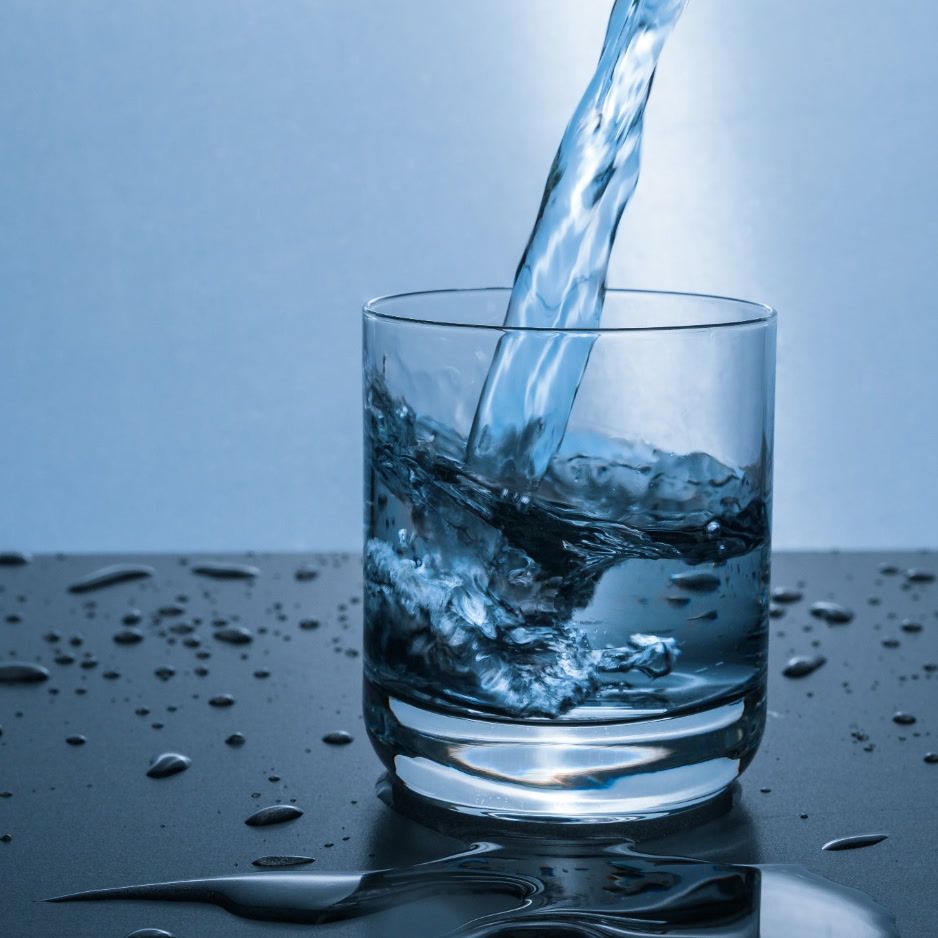How Long Does a Pump Last? Timeline & Tips to Extend It
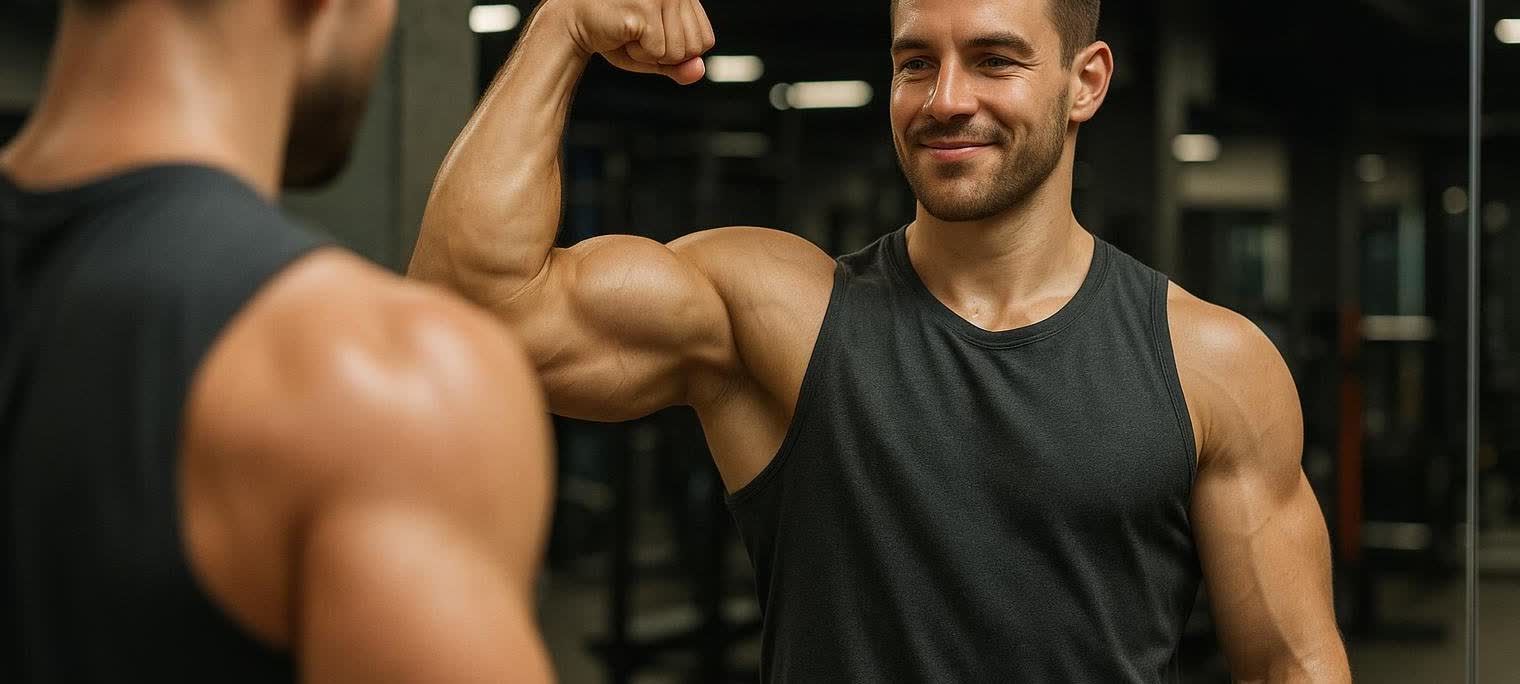
How Long Does a Pump Last? Timeline & Tips to Extend It
TL;DR: Your post-workout pump usually peaks between 15–45 minutes and fades over the next 2–3 hours. With smart hydration, nutrition, and training tweaks, you can extend the visible pump for longer—and track actual muscle gains (not just the pump) with a BodySpec DEXA scan.
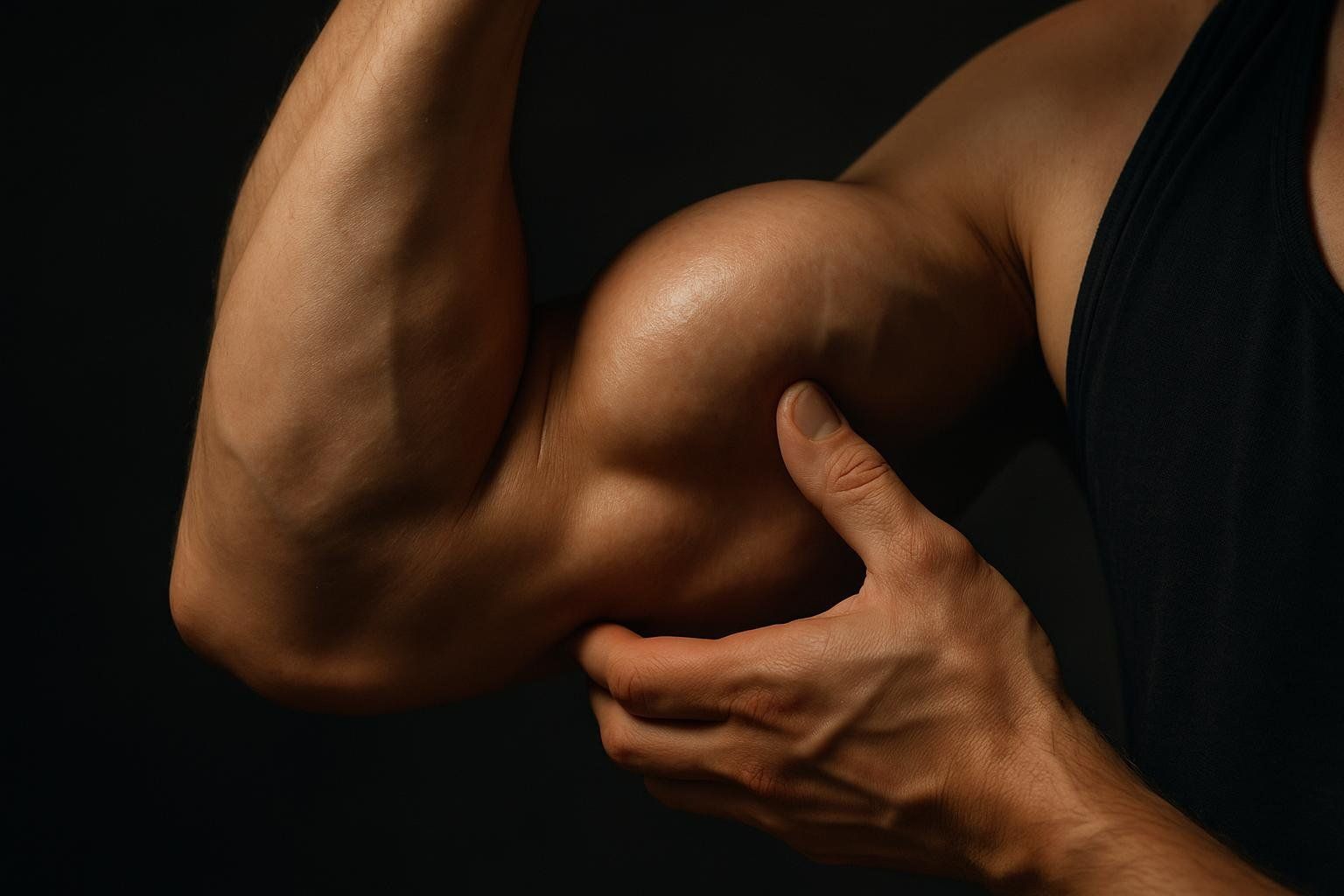
What Is the Pump, Anyway?
That tight, vein-popping feeling after a set of curls isn’t imaginary. Resistance exercise increases blood flow (hyperemia) and shifts fluid into muscle cells.
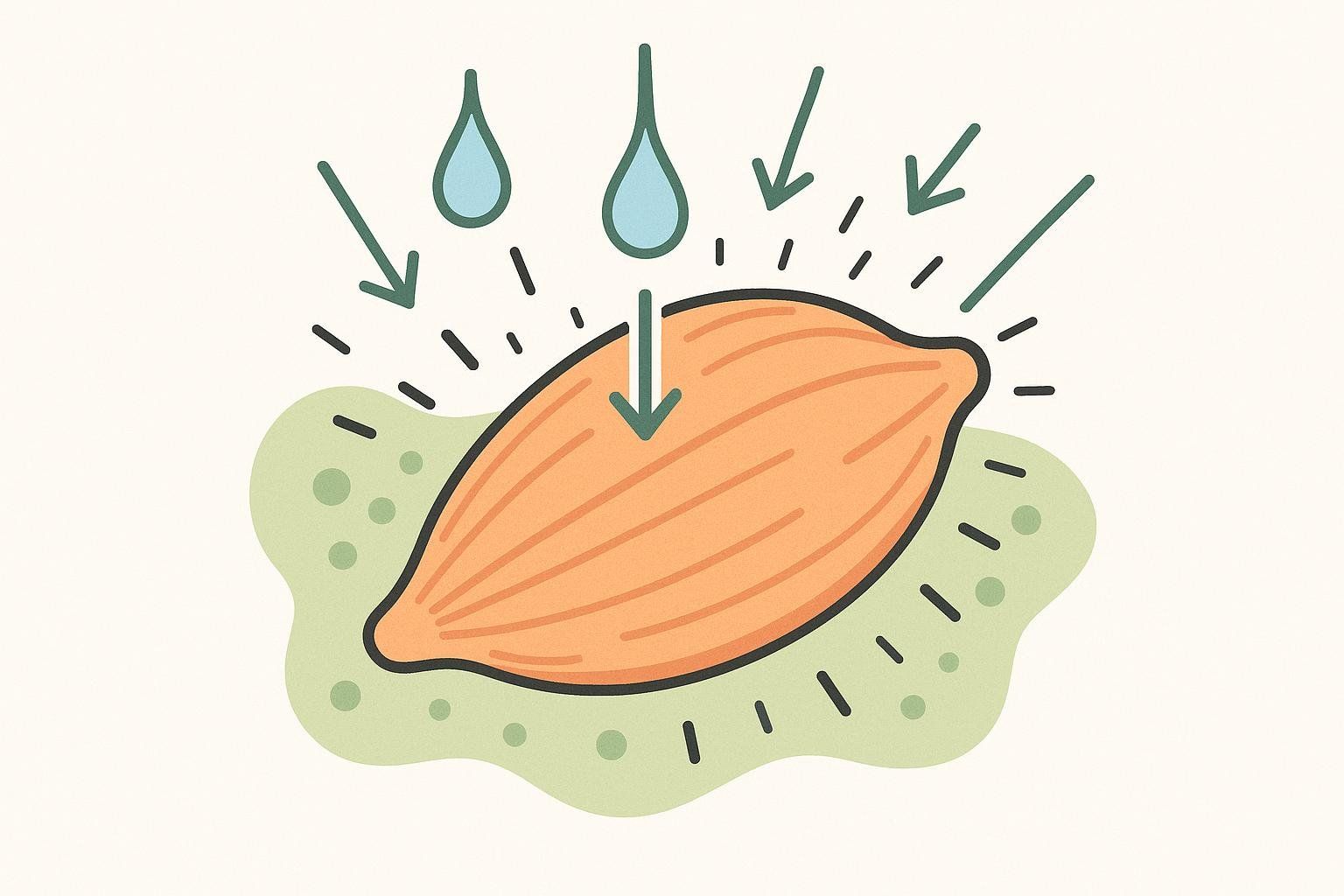
Picture your muscles as sponges: every rep squeezes and releases them, drawing in nutrient-rich plasma faster than the veins can carry it away. The result is temporary swelling—the muscle pump.
The Quick Answer
Most lifters experience a pump that peaks within 15–45 minutes after their final set and then gradually fades over the next 2–3 hours. Subtle intracellular swelling can linger for up to 48–72 hours, according to sports-science researcher Dr. Milo Wolf in an interview with Men’s Health.
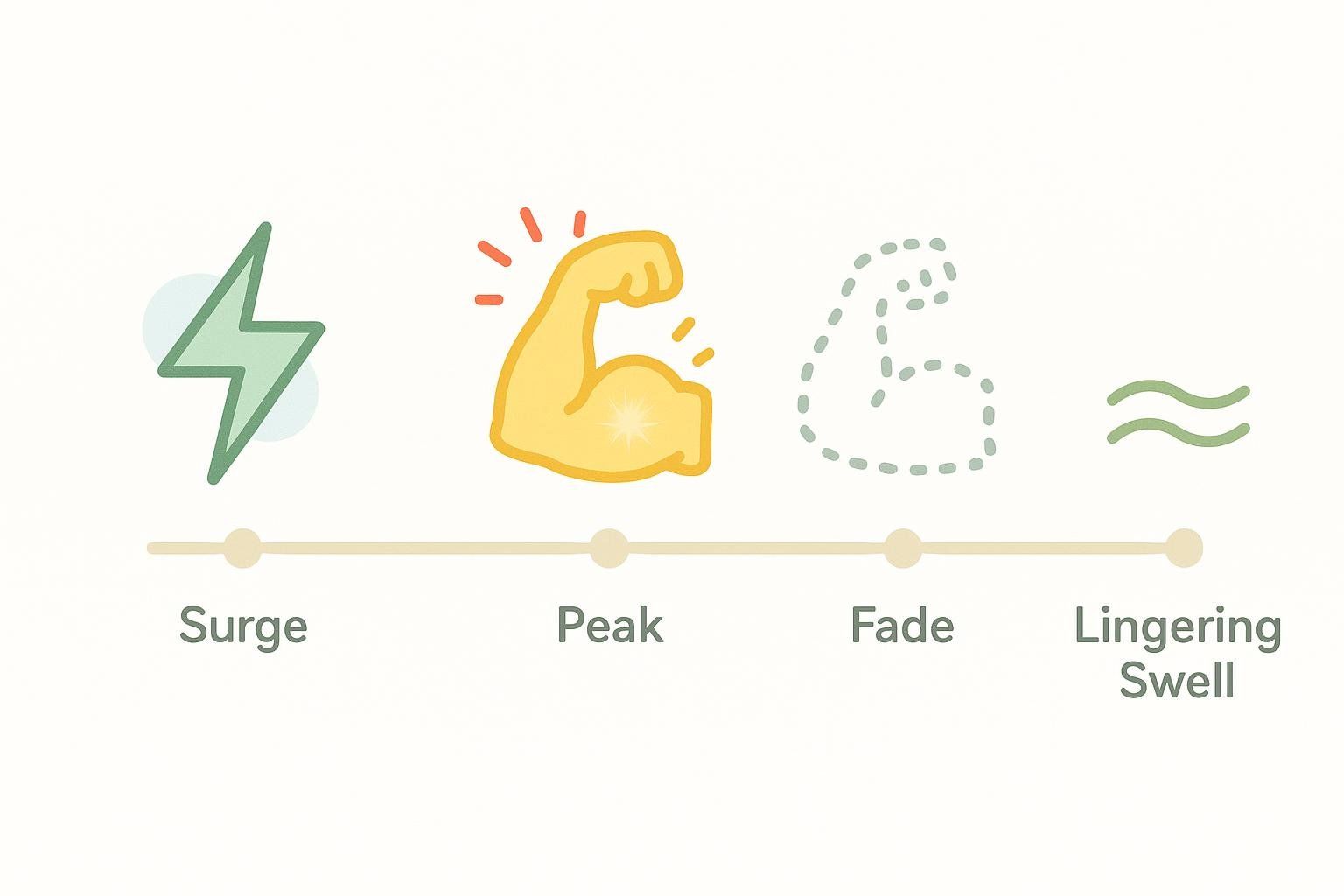
| Stage | Time After Last Set | What’s Happening |
|---|---|---|
| Surge | 0–15 min | Rapid blood flow, metabolite buildup, skin feels tight |
| Peak | 15–45 min | Maximum cell swelling & vascularity |
| Fade | 45–180 min | Veins reopen, excess fluid returns to circulation |
| Lingering Swell | Up to 72 hrs | Mild intracellular water as muscles recover |
6 Factors That Influence Pump Duration
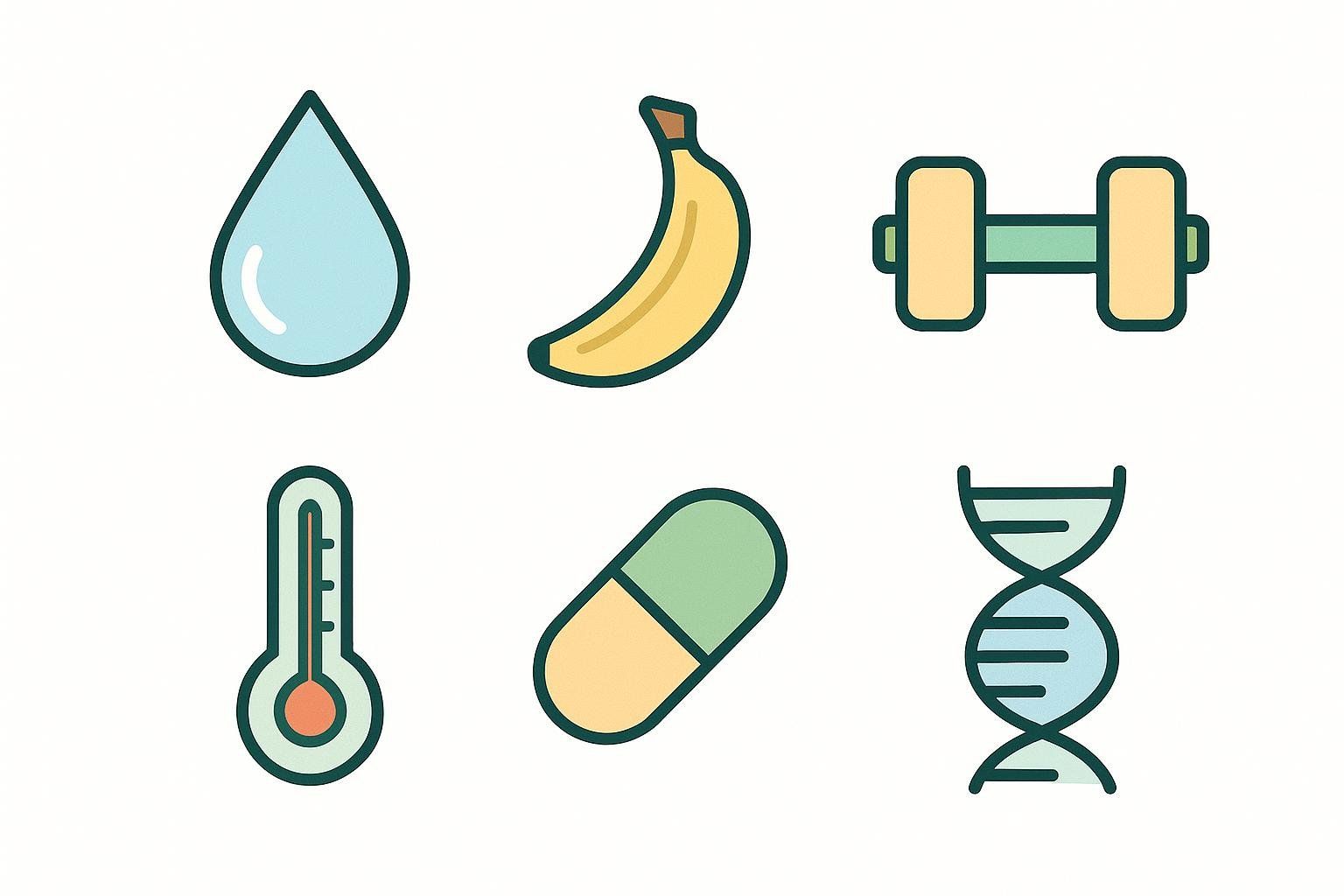
- Hydration & Electrolytes – Drink 5–7 mL of fluid per kg bodyweight (≈12–16 oz for a 150-lb person) at least four hours before training. This protocol comes from the American College of Sports Medicine’s official position stand on exercise and fluid replacement. For rapid strategies, see our rapid rehydration guide.
- Carbohydrate & Sodium Intake – Eat 30–60 g of fast-digesting carbs about 30–60 minutes pre-workout (e.g., a banana or sports drink). This fuel boost—recommended by the National Academy of Sports Medicine—tops up glycogen so muscles can pull in more water. A small amount of sodium (electrolytes) from the same source can also aid cell swelling.
- Training Variables
- Use Moderate Weights: Train with loads at roughly 60–70 % of your 1-rep max (1RM).
- Aim for 8–15 Reps: This range maximizes metabolic stress and blood flow.
- Rest 30–60 Seconds: Short breaks keep blood trapped locally for a bigger swell.
- Leverage Intensity Techniques: Add supersets, drop sets, or blood-flow restriction (BFR) to enhance muscle swelling.
- Muscle Temperature – Staying warm keeps vessels dilated.
- Supplements – Research shows that ingredients like citrulline malate (≈8 g), dietary nitrates from beetroot, and creatine monohydrate may boost nitric-oxide production and muscle hydration (see a critical review in Sports Medicine). Always weigh potential benefits against any risks in our pre-workout safety guide.
- Genetics & Training Age – Some athletes naturally vasodilate more. Advanced lifters also store more glycogen, enhancing pumps.
Does a Longer Pump Mean Faster Muscle Growth?
Short answer: not necessarily. Cell swelling can trigger anabolic signaling, but research reviews—such as a 2014 review in the Strength and Conditioning Journal—agree that progressive overload and total training volume matter far more than the fleeting pump. Curious how long true muscle accretion takes? See our guide to building muscle timelines.
Common Muscle Pump Myths
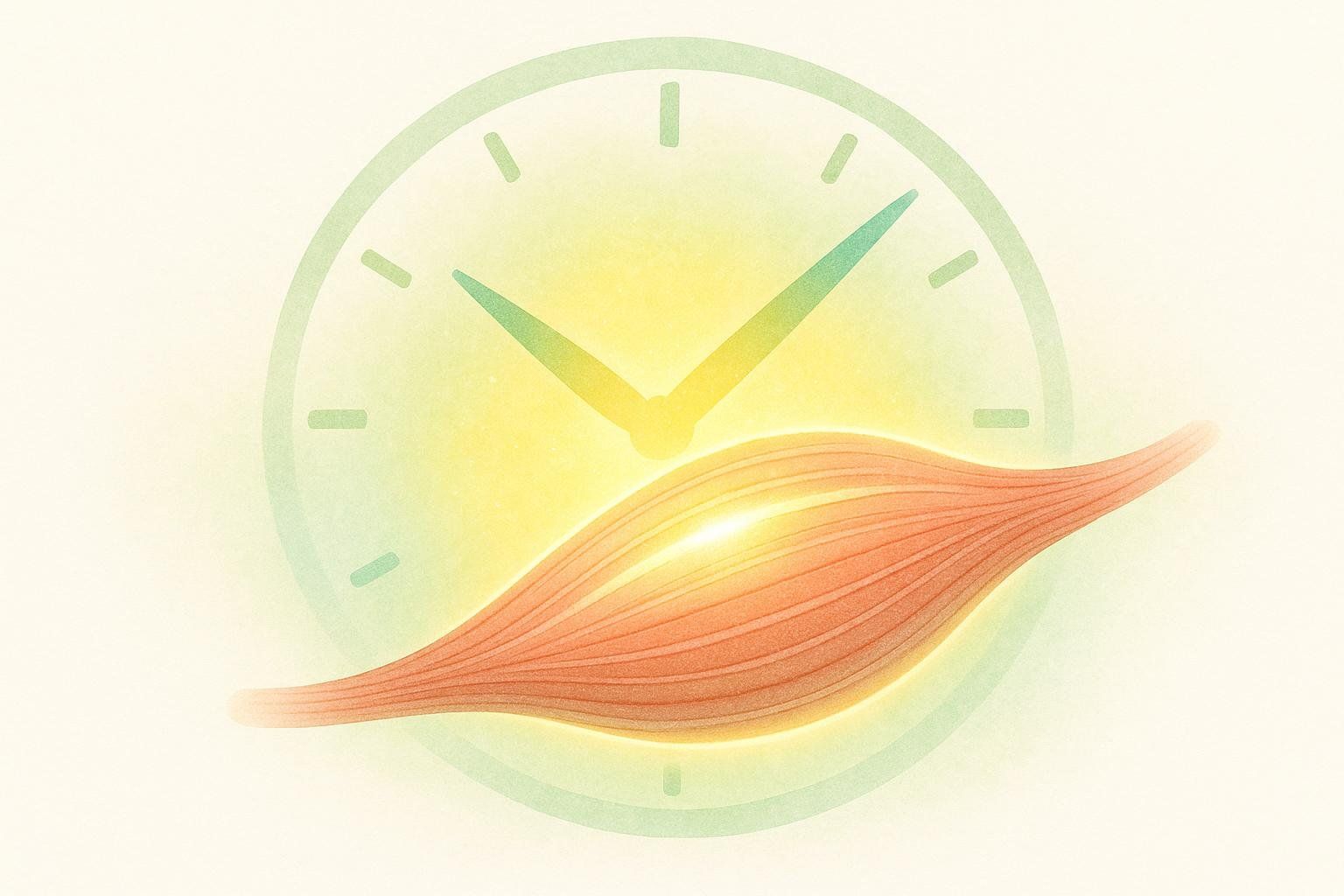
| Myth | Reality |
|---|---|
| “If my pump is gone, my workout was wasted.” | Muscle protein synthesis remains elevated for 24–48 hours after resistance exercise, as shown in research in the Journal of Applied Physiology. |
| “Lactic acid causes the pump.” | Lactate rises, but fluid accumulation and nitric-oxide–mediated vasodilation are the primary drivers, according to the 2014 Strength and Conditioning Journal review. |
| “Keeping a pump all day means I’m growing faster.” | Without progressive overload, you’re only creating temporary muscle fullness. |
Tracking Real Progress: Why a DEXA Scan Beats Visual Estimates
Mirror selfies can’t separate momentary swelling from lasting lean-mass gains. A BodySpec DEXA body-composition scan quantifies:
- Lean muscle mass (lbs / kg)
- Fat mass & visceral fat
- Bone density
Our complete guide to DEXA scans covers the entire process in detail. Repeat scans every 8–12 weeks to confirm your program is adding actual muscle, not just temporary muscle fullness.
Key Takeaways
- Expect your pump to peak within 15–45 minutes and fade over the next 2–3 hours.
- Smart hydration, carbohydrates, shorter rest periods, and nitric-oxide-boosting supplements can extend it.
- Pump ≠ muscle growth; use it as motivation, not measurement.
- Verify lasting gains with periodic DEXA scans.
Ready to Move From Temporary Pump to Permanent Progress?
Book your BodySpec DEXA scan and let data—not just the mirror—drive your training.
